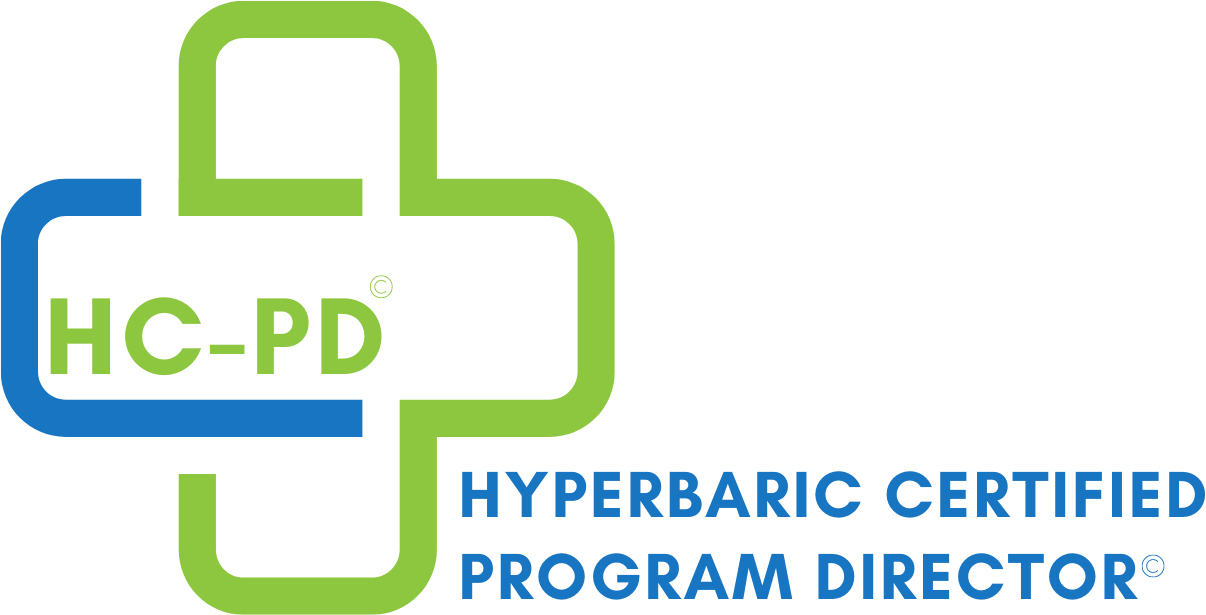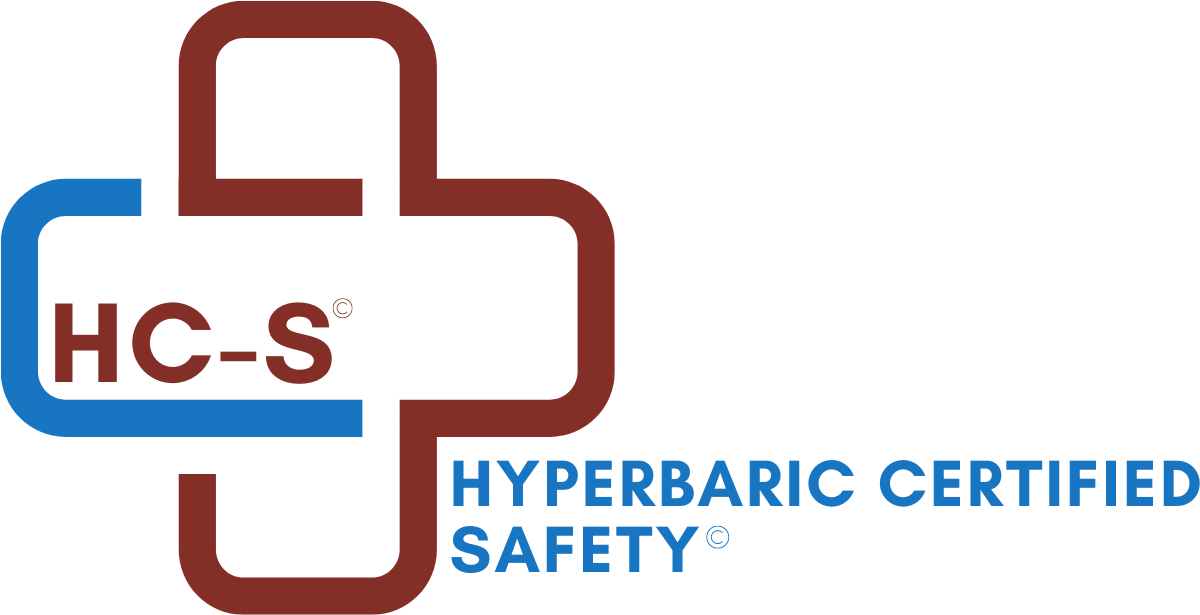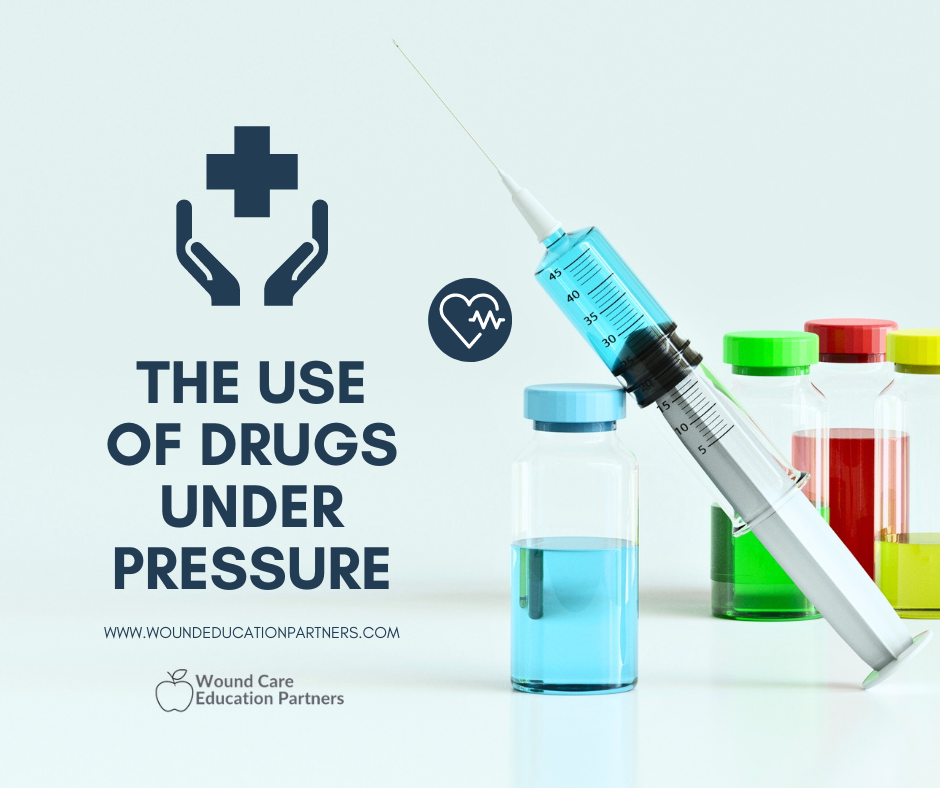Rx Pad
The Use of Drugs Under Pressure
A hyperbaric and hyperoxic environment creates numerous considerations for the use of drug therapies within it. First, the physical stress of hyperbaria impacts drug storage and has implications on which containers are most appropriate for use. Second, physiologic changes to the body from hyperbaria and hyperoxia may lead to pharmacokinetic changes in drug disposition. Lastly, hyperbaric oxygen acting as a drug can interact and enhance or ameliorate the physiologic effect of a drug.
Most drugs will not interact unfavorably with oxygen, and to study each and every drug in its interaction with hyperbaric oxygen would be not feasible. Unless specific contraindications or precautions have been addressed, it is generally safe to assume a medication can be used. Significant known exceptions and their evidence will be discussed in this chapter, along with the implications of hyperbaric oxygen use on drug disposition .
PRACTICAL CONSIDERATIONS
The mechanical effects of pressure on the drug container are our first concern. Medications stocked are subjected to continual compressions and decompressions and must retain their absolute seal at the maximum pressure anticipated.
Some containers that should be considered are:
- Vials
- Intravenous Infusions
- Infusion Pumps
Routes of Administration
The intravenous route is the most reliable choice for delivering drugs in the chamber. Hyperbaric oxygen causes a vasoconstriction in normal tissues resulting in up to a 20% reduction in blood flow. It was thought that this same vasoconstriction would also severely impede the normal absorption of drugs injected intramuscularly and subcutaneously. This theoretical interaction is not supported by the literature. Oral absorption also does not seem to be affected despite theoretical interactions. Transdermal absorption is highly variable and dependent on solvents used to help diffuse the drug across the membrane. It is recommended that all patches and creams be removed from patients prior to entrance into a chamber; this route of administration should not be considered.
PHARMACOKINETIC CONSIDERATIONS
Oxygen under pressure induces numerous physiologic changes which may have an impact on the pharmacokinetic disposition of a drug. Generally, the pharmacokinetic properties of a drug are described as a function of four separate phases:
- absorption into the body
- distribution to tissue
- metabolism into a new chemical moiety
- and elimination from the body
A change to any of the above four factors would change serum concentration and may alter therapeutic efficacy or toxicity. It should be noted that while theoretical interaction exists, the majority of available evidence supports that single-dose pharmacokinetics are unchanged with acute exposure to hyperbaric oxygen.
The theoretical implications and known literature regarding interactions amongst drugs and hyperbaric oxygen has been summarized. While many drugs appear to retain their effects, there are specific considerations. The scarcity of data in humans and improbability of assessing interactions between hyperbaric oxygen and all possible drugs leaves much unknown. Whenever the physician uses a new drug, he or she should consider the pharmacology of the drug and the possible kinetic or dynamic changes that may occur under the effects of hyperbaric oxygen. This may allow him or her to anticipate any theoretical adverse effects that would arise before employing it.
Learn More
Source Reference: Excerpted from Hyperbaric Medicine Practice 4th Edition with permission from the publisher. Reference Chapter 7, The Use of Drugs Under Pressure by Ryan Feldman
Online Education: Earn continuing education credits in wound care and hyperbaric medicine with online, on-demand courses. Find your course HERE
Basic Training in Hyperbaric Medicine: Take the UHMS and NBDHMT approved 40-hour Introduction to Hyperbaric Medicine training course to learn the key fundamental elements and concepts in practicing hyperbaric medicine safely and effectively. Find your course today! https://www.woundeducationpartners.com/live-courses/hbo-courses.html
When you subscribe to the blog, we will send you an e-mail when there are new updates on the site so you wouldn't miss them.



Comments